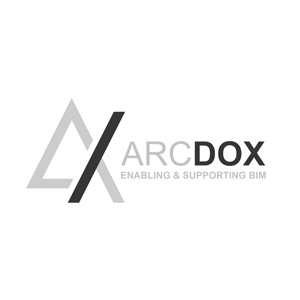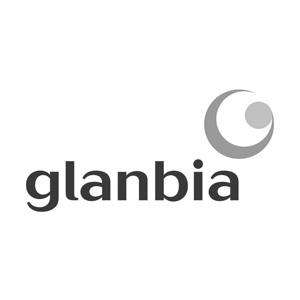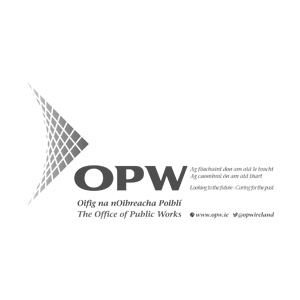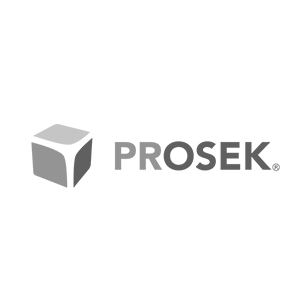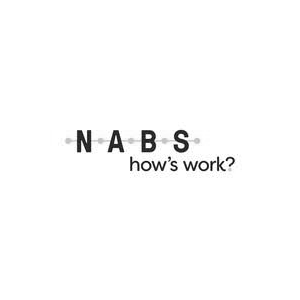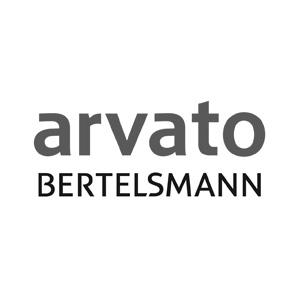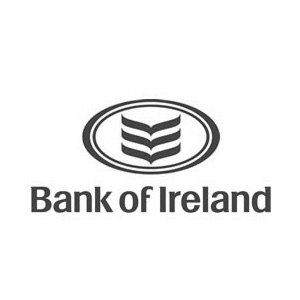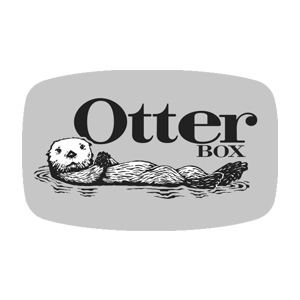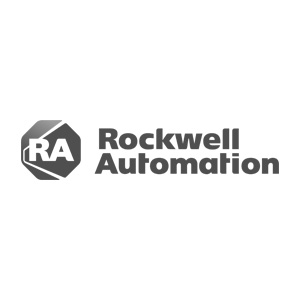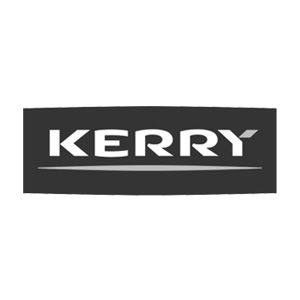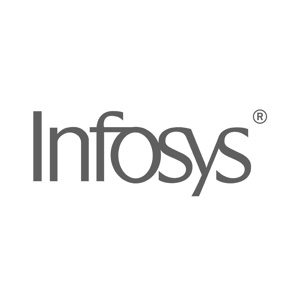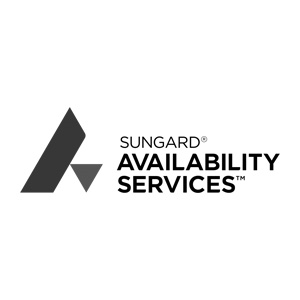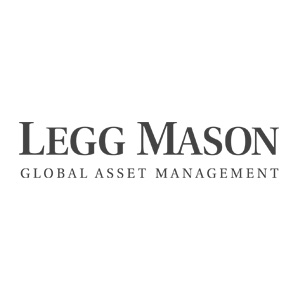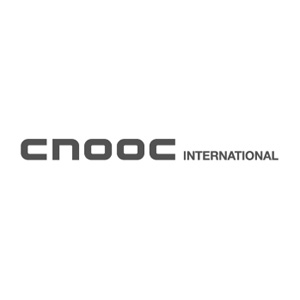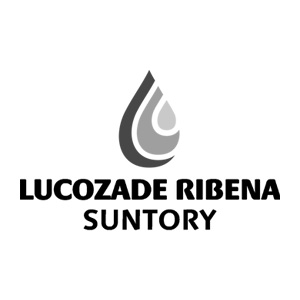15.10.2019
5 Factors to a Great Office Fitout
Successful businesses understand that the office environment is an important factor in employee productivity and that the workspace should reflect the organisation’s core values.
The predicament however, is that while open plan offices promote openness, transparency, and collaboration – attribute’s most companies strive for – employees also value quiet and spaces in which to concentrate.
Research shows employees become more productive when their working environment and conditions are improved, and they also respond positively when employers are invested in their wellbeing.
This makes for a lot to take into consideration.
So, what are the key factors to a great office fitout and how do they relate to each other?
- Comfort
Thermal, acoustic and ergonomic comfort.
Both thermal and acoustic comfort can be eased through the design of the office fitout, but the problem is that employees are affected in different ways. A range of personal and cultural factors; even the kind of work performed in the office has an impact on preference.
Don’t be tempted to choose the lowest common denominator as this does not necessarily lead to the best results. Give employees some element of control.
Ergonomic comfort involves the quality and flexibility of office furniture. However, employees should also be empowered, and encouraged, to stand and move around more.
- Flexibility
Making it easier for employees to move around more is just one element of personal autonomy.
The modern workplace needs to go further by ensuring the workspace is adaptable to the individual user. Desks, tables and chairs can be easily moveable and adjustable. Flexibility is also offered in the variety of spaces available.
Hot desking /unassigned seating is a concept that is becoming more popular and is believed to enhance collaboration between employees and teams.
- Communication and Collaboration
A great office fitout will support communication and collaboration among the workforce, through the flow of formal and informal information.
It will bring people together and make them feel like they are included in the day to day life of the organisation.
- Values
Office design should also reflect the core values and identity of the organisation. This means more than branding. Values should be incorporated and promoted throughout.
As an example, glass walls and doors promote transparency, a sought-after quality in many organisations. They can reduce the feeling of being isolated from the rest of the team but at the same time, still allows people to concentrate and focus on their work.
In addition, people are generally on their best behaviour when they know that they can be observed. This promotes honesty and integrity in the workplace.
- A Relaxed Environment
Introducing comfortable or relaxed elements help make the environment more friendly, informal and promotes wellbeing.
Think comfortable seating areas with sofas, bean bags or pod seats. Cafes and recreational areas with features such as ping-pong tables, swings etc.
The idea is also to provide areas where employees can recharge in order to boost productivity throughout the day. However, these areas aren’t just for breaks. Employees can work here with a laptop if they need quiet away from the desk. Group meetings can be held at an informal living-room type of space with sofas, armchairs, and coffee tables.
The modern workplace is about enhancing the productivity, collaboration, and wellbeing of employees.
Talk to us today to discover what corporate fitout solutions we can offer.








